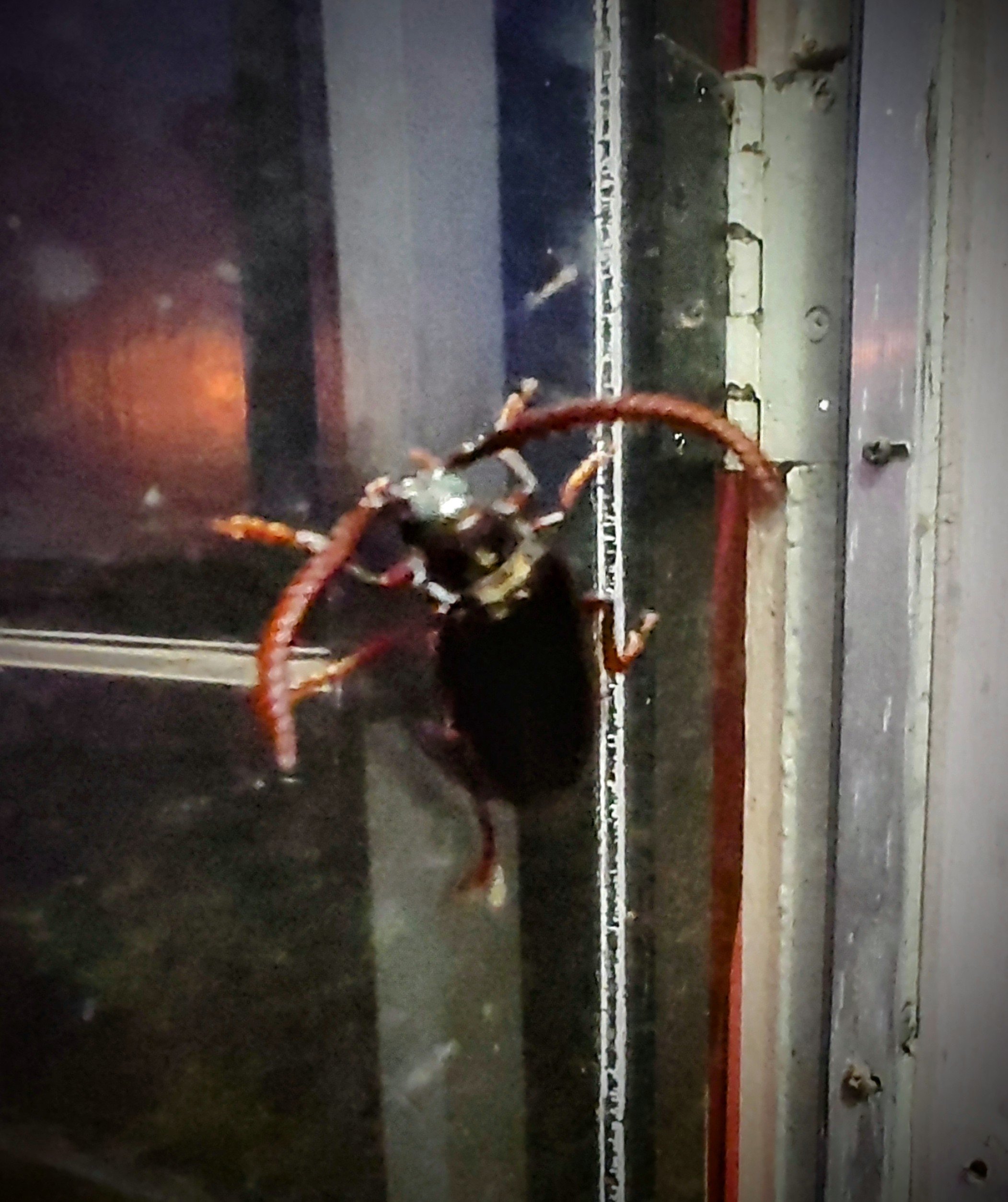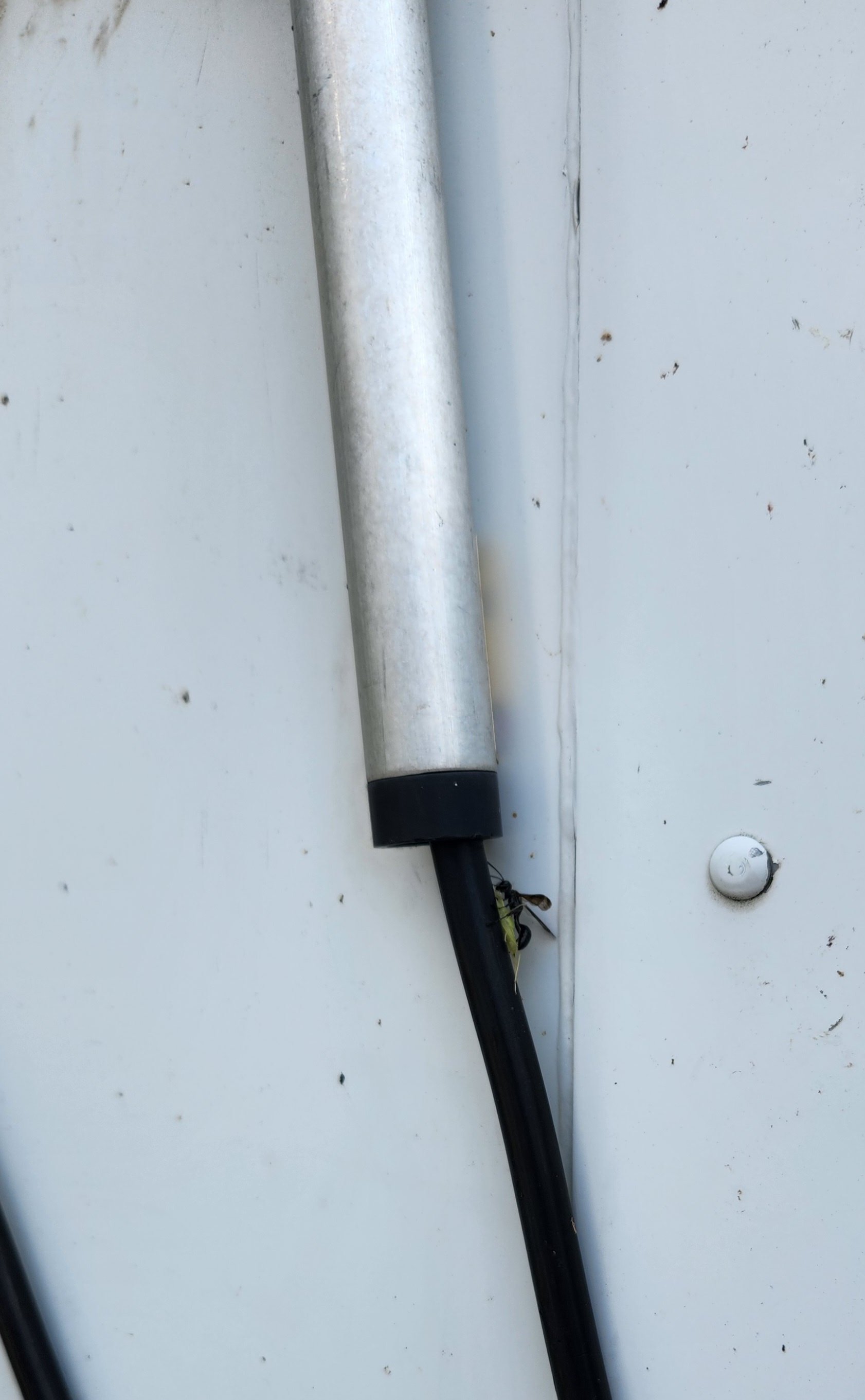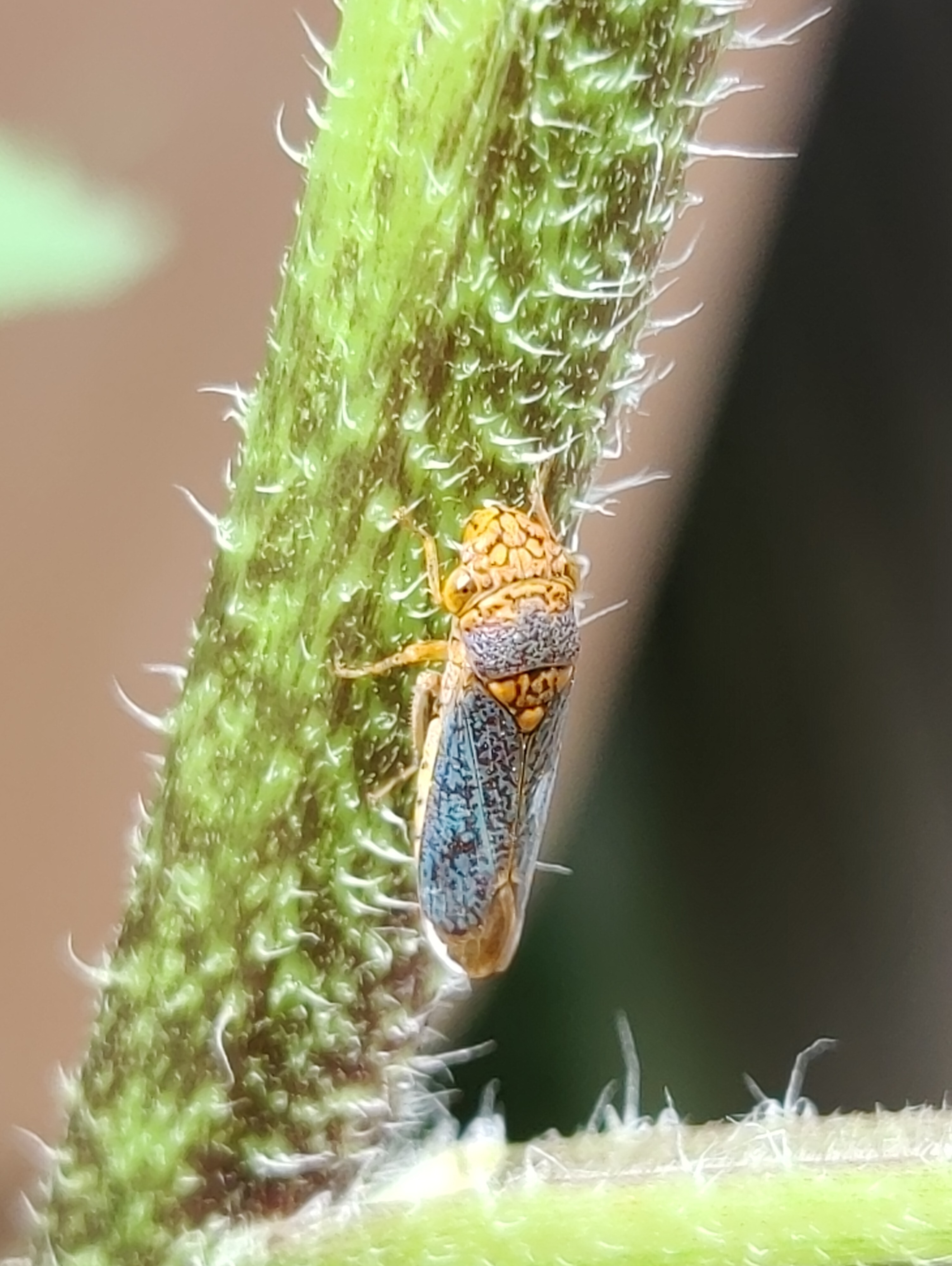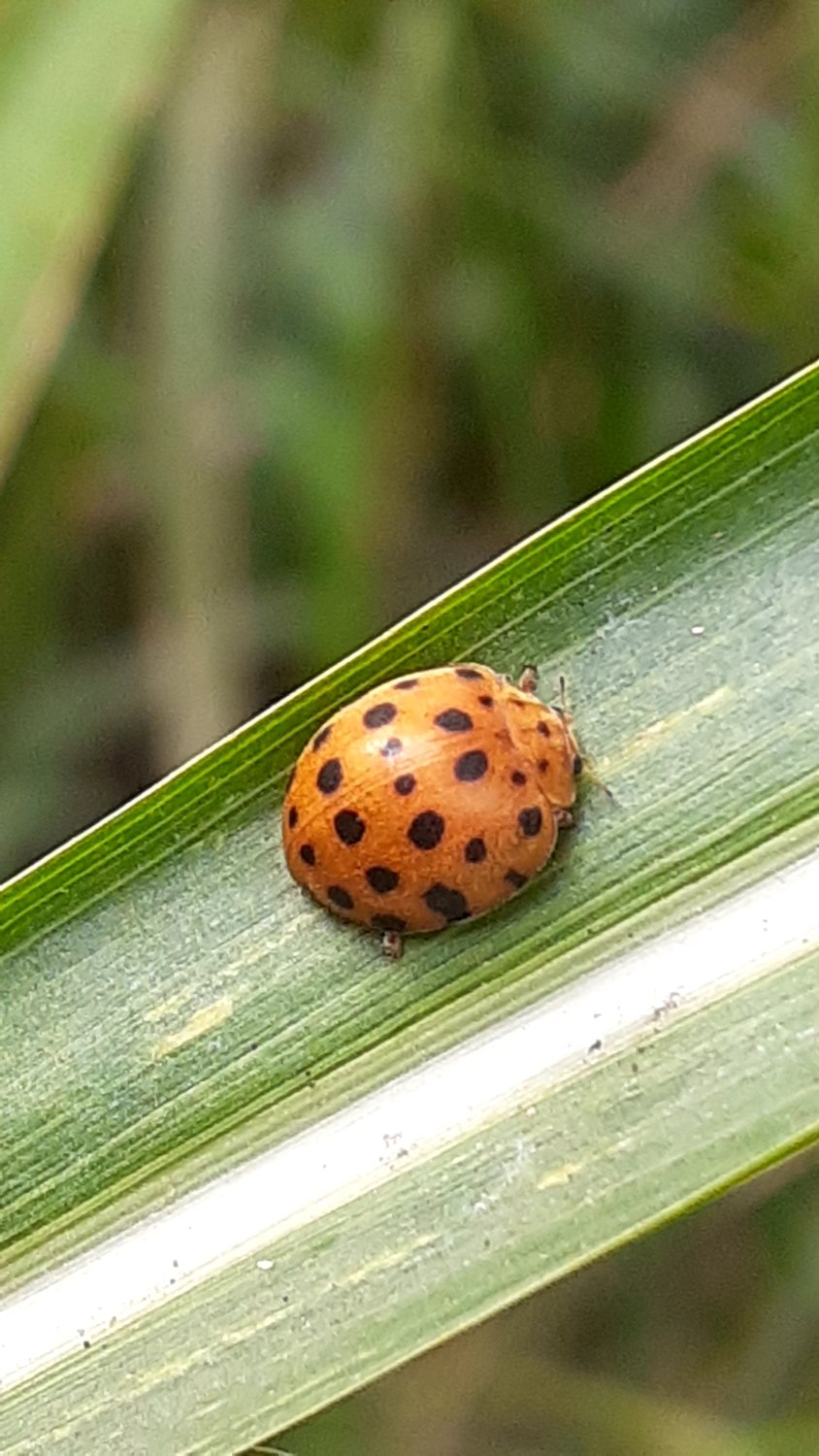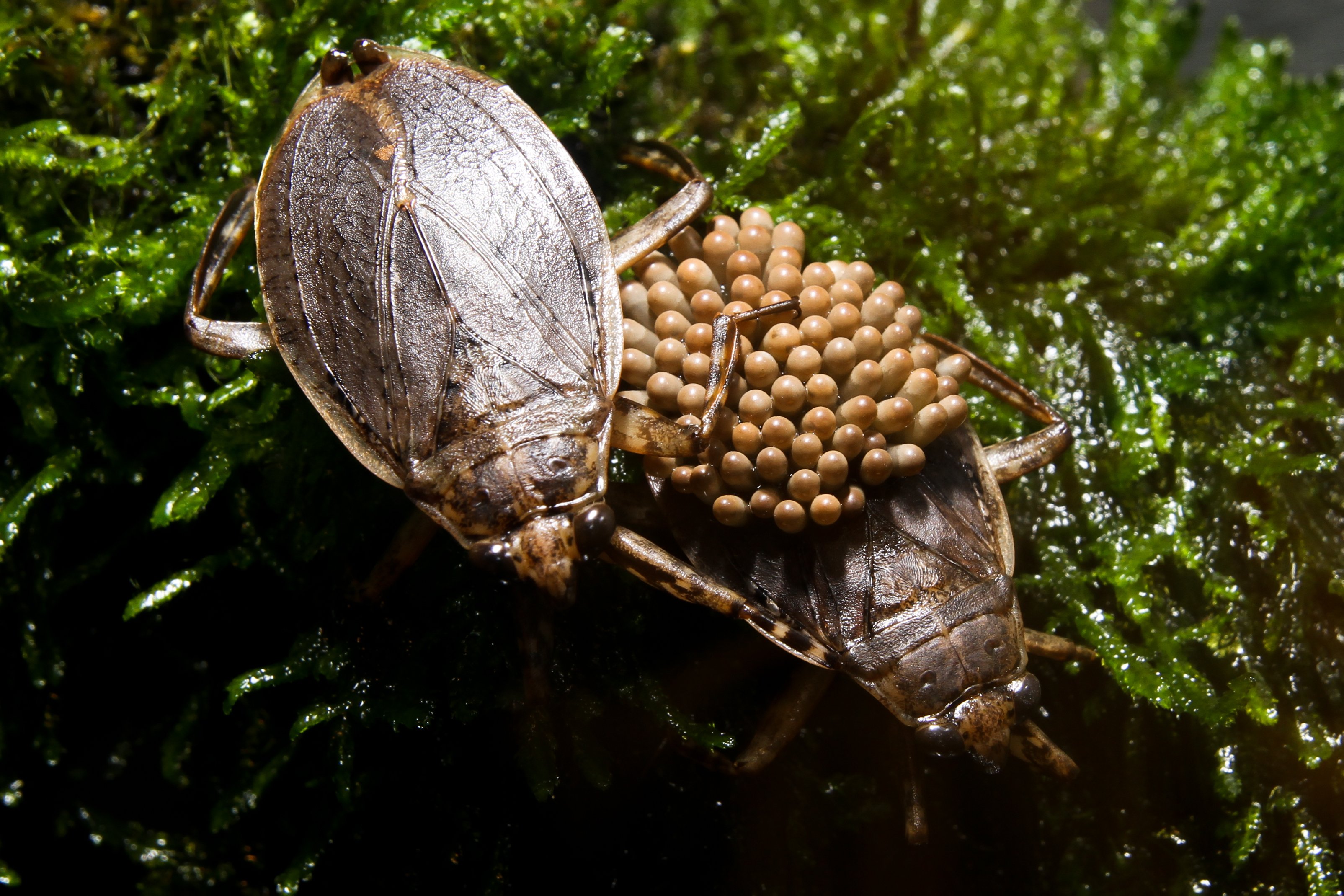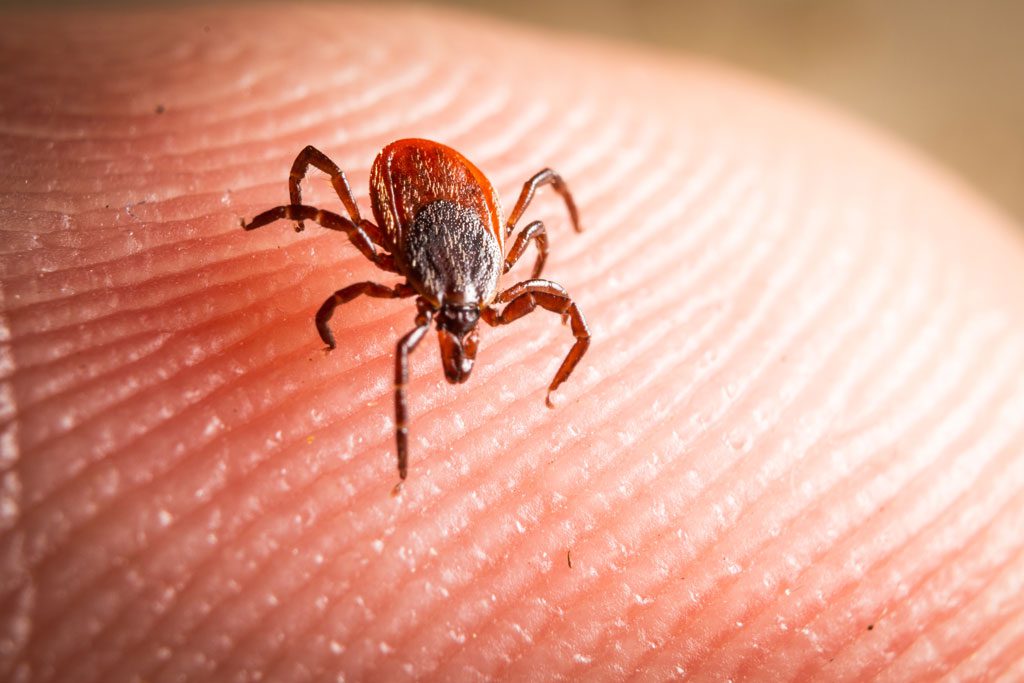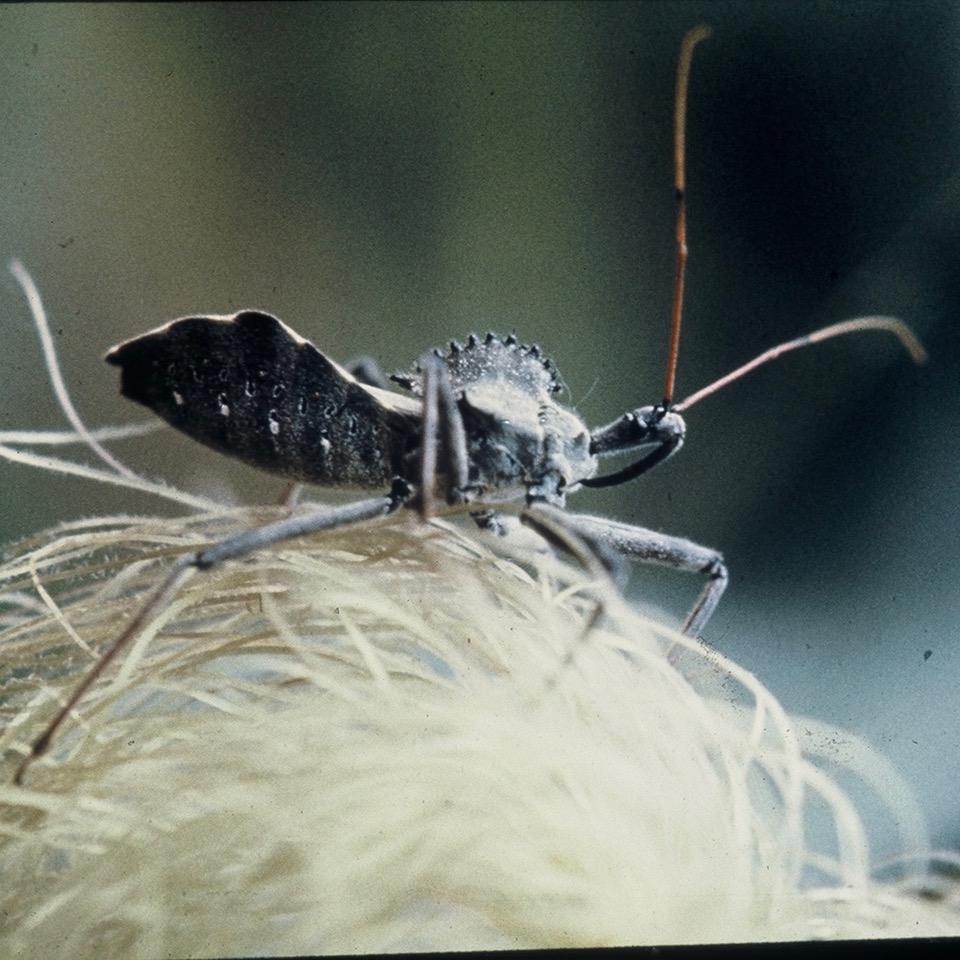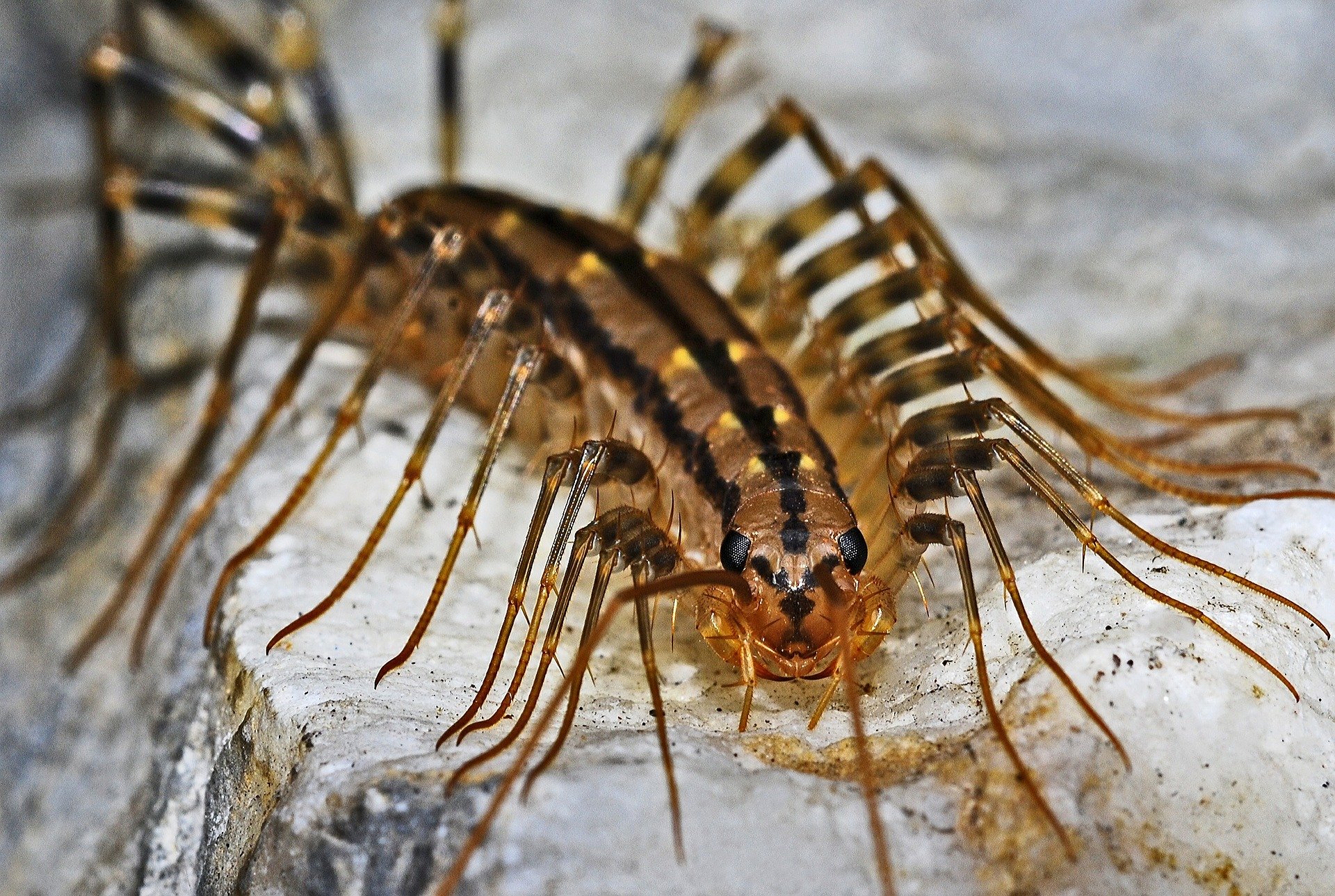These aquatic insects are intimidating-looking, with large modified forelimbs. Although they live in the water, they're air-breathers, and like virtually all insects, can fly when necessary. The modified forelegs, referred to as "raptorial" (predatory) legs, have a similar function to that of mantises — they grab and secure prey to be consumed. Preferred prey is soft-bodied, but Giant water bugs don't need to discriminate, given how powerful they are for their size.
However, unlike a praying mantis that chews its prey with a traditional insect-mouth plan made of many mandibles, since Giant water bugs are Hemiptera, they have a straw instead of "teeth." This means that they, like some assassin bugs and spiders, rely on injecting digestive juices into their immobilized prey, then sucking up the now-digested innards.
In my personal experience, these things are scarier than they look, but they're absolutely capable of pinching or piercing you with their forelimbs, and they move fast in the water. I personally stay away from them.
